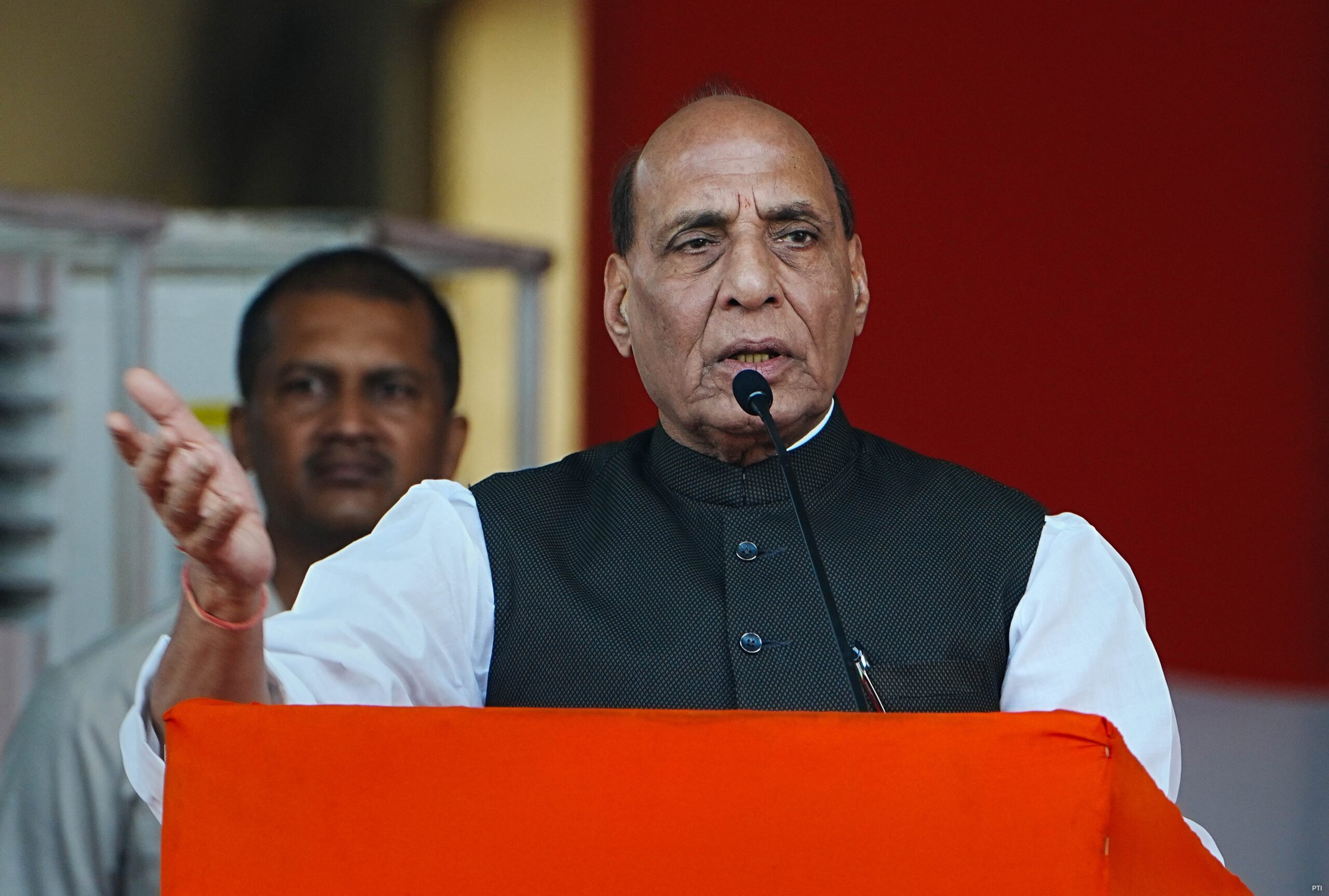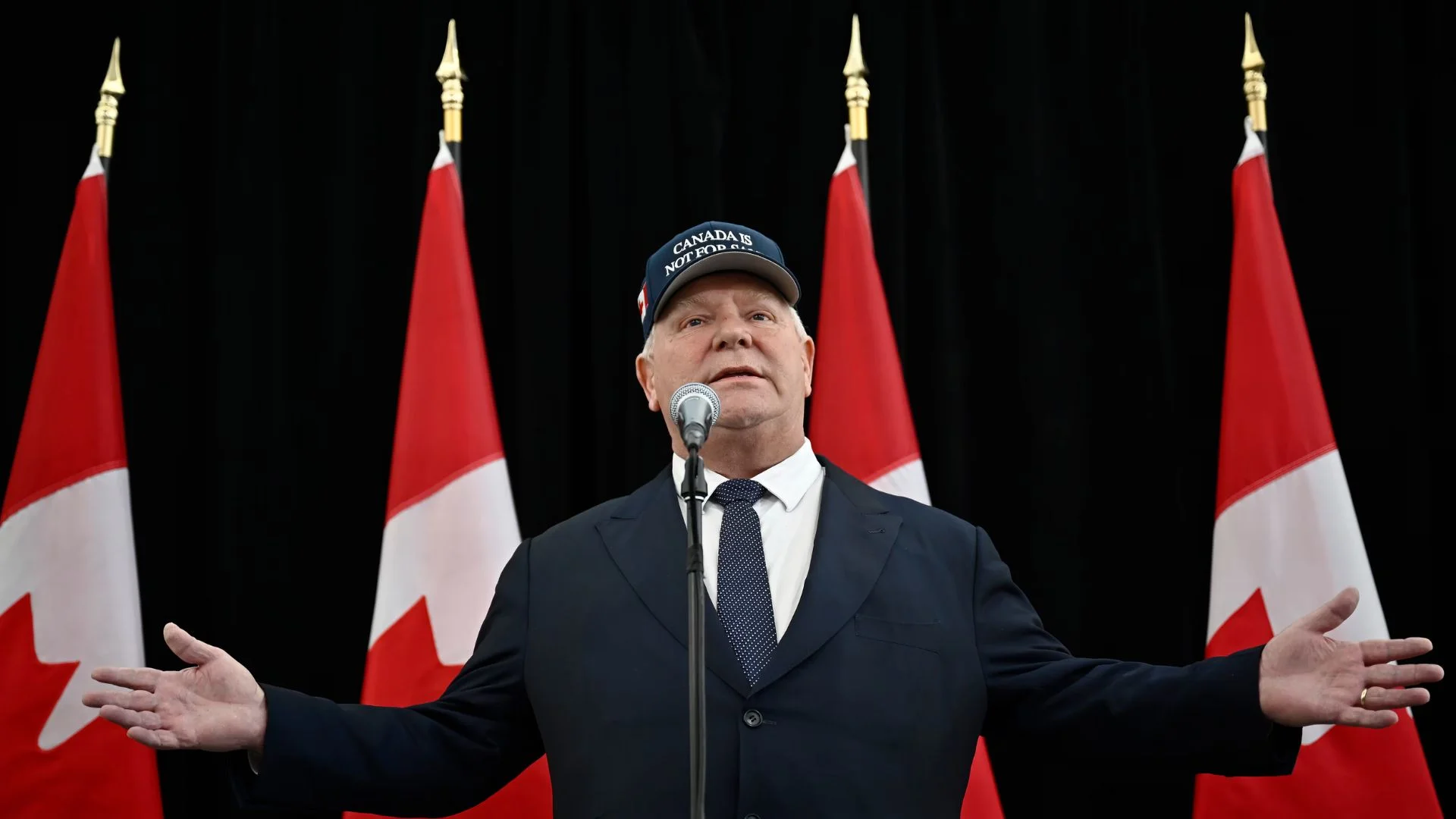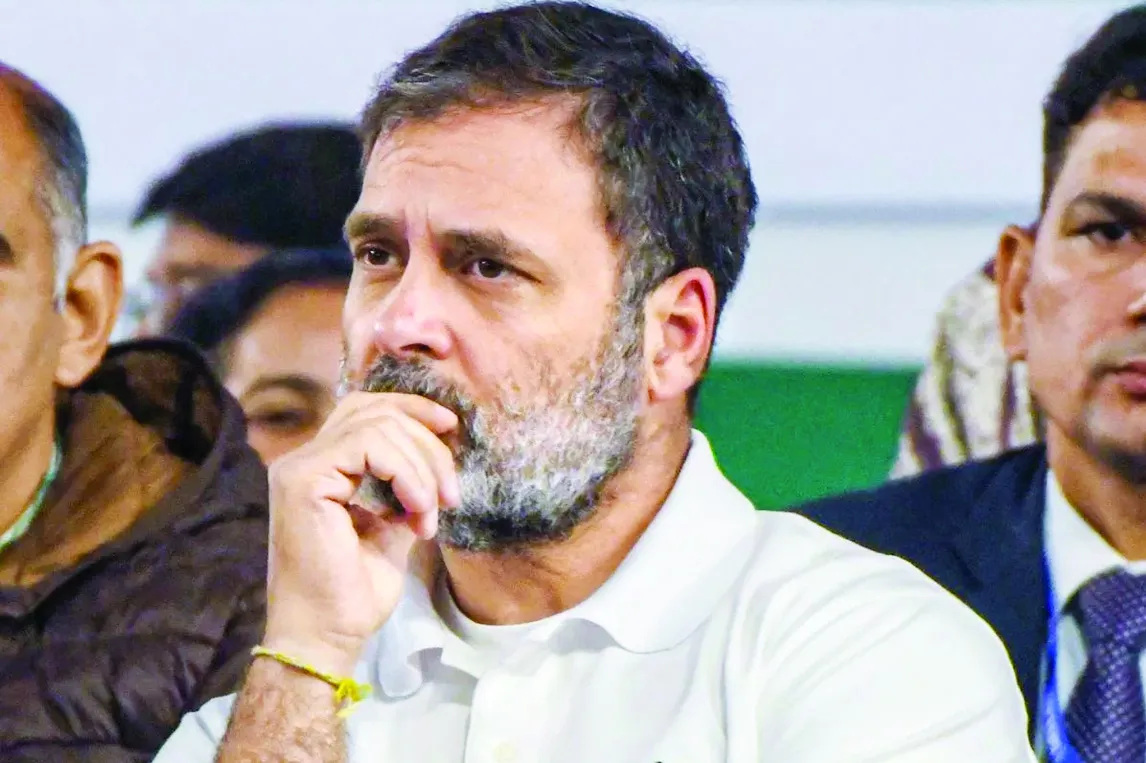One of the most remarkable statements emerging from the just concluded 2+2 meeting between India and US defence and foreign ministers was made by Defence Minister Rajnath Singh. He called out China in no uncertain terms by saying, “…The India-US defence relationship has evolved into a strategic partnership characterised by mutual trust, shared values, and a growing recognition of common interests in maintaining regional and global security. We increasingly find ourselves in agreement on strategic issues, including countering China’s aggression, promoting a free and open Indo-Pacific, and addressing regional security challenges.” This is remarkable candour, apart from being well thought out, since Rajnath Singh was reading from a written speech and not speaking extempore. It shows how India’s China policy has evolved over the years—from trying to appease one’s opponent to clearly identifying one’s own interests and protecting these. It is also a shift away from the Indian establishment’s—rather, the foreign policy establishment’s usual practice of maintaining a “strategic silence” on matters of global import, thus leaving too much to be read between the lines.
For decades, New Delhi’s China policy was marked by tremendous restraint so that it could not be construed as going against Beijing, with the logic being that since India shared a 3,000-km-long border with China and since the latter surpassed India many times over in its economic and security strengths, it was better to keep quiet than rile China unnecessarily. This has changed to a large extent, but sometimes the expression of India’s China policy does not reflect that change. To give an example, so taciturn can be our diplomats that in spite of representing the world’s largest democracy, not too long ago they were skirting the issue of China muzzling democracy in Hong Kong, except for some oblique references cloaked in diplomatese, even though the rest of the democratic world was vocal against China. Earlier, India’s China policy was about managing the differences with that country—however, some may describe this as “appeasement”. It’s only under Prime Minister Narendra Modi that India began standing up to China, starting with the throwing out of hundreds of Chinese apps, include Tik-Tok, which, incidentally, has a vice-like grip on the US and Joe Biden still does not have the courage to ban it. It’s only under PM Modi that India-China relations have gone from managing the differences to standing up to China, as India has been doing for over three years along the LAC, post the battle in Galwan in which 20 Indian soldiers were killed. Managing the differences suits China, but as External Affairs Minister S. Jaishankar has made it clear to Beijing, there cannot be business as usual unless and until the border problem—the biggest difference between the two countries—is resolved.
And now even the Ministry of External Affairs diplomats speak of the need to respect and guarantee the human rights of the Uyghurs, as they did in 2022 October. Sadly, they did it only after coming under severe criticism for abstaining on voting against China at the UN Human Rights Council on the issue of Xinjiang, where our diplomats let go of the golden opportunity of pinning down Beijing. Staying quiet on China has never earned India that country’s gratitude; India’s silence has not stopped China from ratcheting up tensions by laying claim to Indian territory or trying to queer India’s pitch at every forum possible. India cannot afford to appear weak in front of the bully. It is important to call China out the way Rajnath Singh did—by naming it. Which brings us to the topic of Quad, the alliance that is designed to contain China but may dissipate its potential if it continues with the fig leaf of being a humanitarian, do-gooder body. For Quad to survive meaningfully, it needs to evolve into a security alliance, which India, because of its traditional opposition to be part of any such alliance, is not ready for. If there is anything that China is afraid of, it is countries uniting to stand up to it. Add a formal security edge to it, and China will be bound to temper its aggressive behaviour.
No policy can be cast in stone. It has to evolve according to the needs of the time. Take the example of India’s stand on Hamas’ terror attack on Israel, where New Delhi came out in support of Tel Aviv, because it is opposed to terror. The establishment status quoists and those trying to make political capital out of the attack on Gaza say that India has betrayed the Palestinians. When the truth is India has done nothing like that. Its position is nuanced where it supports a two-state solution while condemning the brutal terror attack on Israel. This is a welcome shift in policy where Palestine’s
right for its own land is qualified by Israel’s right to exist.
If a senior Indian minister who is a part of the Cabinet Committee on Security, can name China in an official speech with visiting dignitaries, it’s time for the status quoists to take a back seat. Let the beginning be made for a sharper edge to India’s China policy.

















